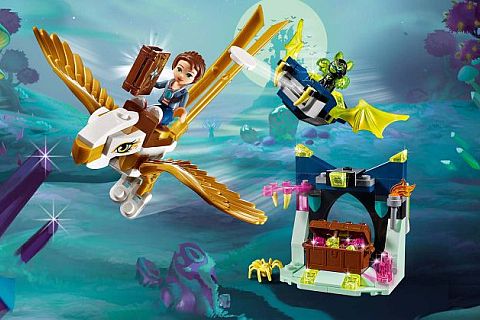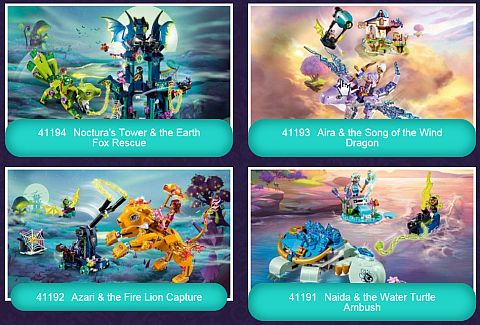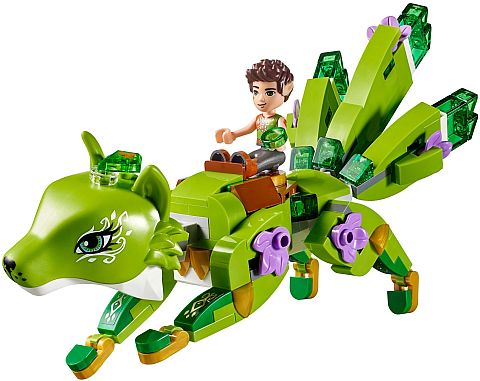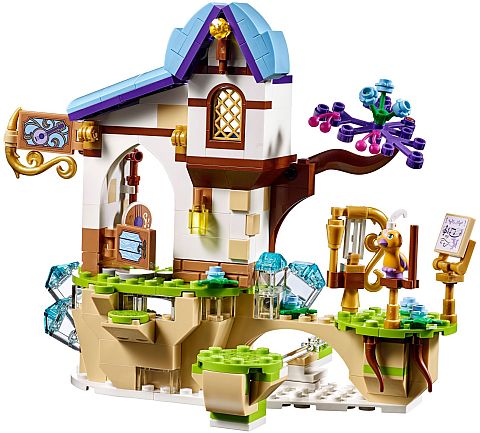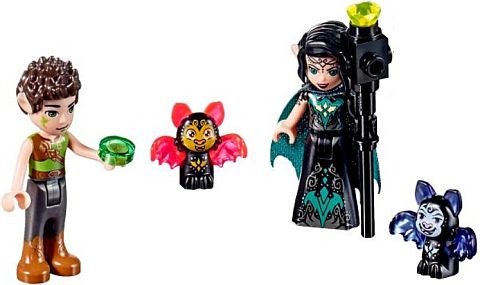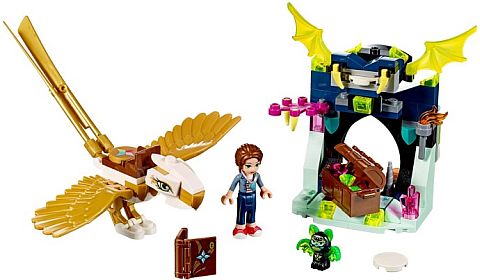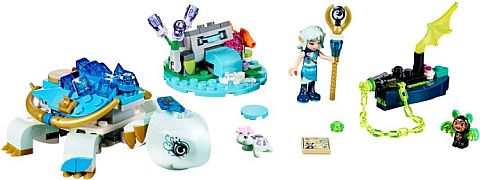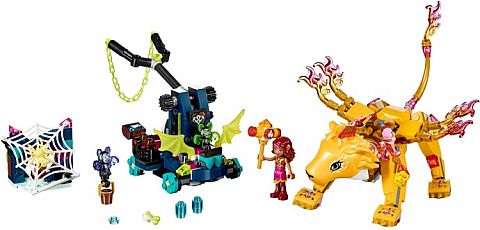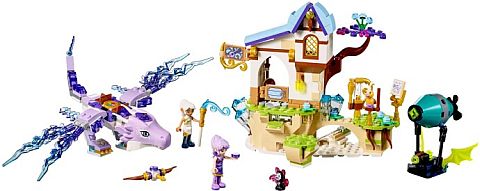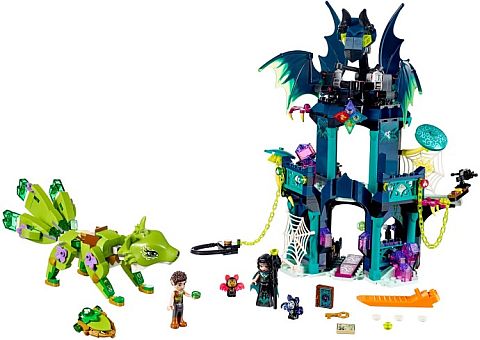When the #75212 LEGO Star Wars Kessel Run Millennium Falcon was revealed a couple of weeks ago, Star Wars fans immediately started speculating about the purpose of the altered front section. Of course, we know that this version of the Falcon is related to the upcoming Solo: A Star Wars Story film, but why the Falcon looked so different at the front was not clear. During the New York Toy Fair, however, it was revealed that between the prongs of the Falcon there is a removable pod, which may be used for carrying cargo, or perhaps as an emergency escape pod (and knowing Han and Lando, probably smuggling too). 🙂

The design of the #75212 LEGO Star Wars Kessel Run Falcon inspired a number of Star Wars fans to alter the previous versions of the Falcon to accommodate the pod. The Falcon came out in a number of different versions and sizes through the years, and some of them are easier to convert than others. The bigger the Falcon, the more difficult to customize, due to the number of alteration and additional pieces needed. The most difficult projects in this regard are obviously the LEGO Star Wars Ultimate Collector Series Millennium Falcons; the #10179 LEGO Star wars UCS Millennium Falcon with 517 pieces from 2007, and the #75192 LEGO Star Wars UCS Millennium Falcon with 7541 pieces from 2017.

The fact that the LEGO Star Wars UCS Millennium Falcons are so huge, and take so long to assemble, makes most LEGO fans hesitant to even attempt a customization project. You change your mind, or something goes wrong, and you are left with having to re-assemble a set with several thousand pieces. However, the challenge is definitely tempting, particularly for the newer, #75192 LEGO Star Wars UCS Millennium Falcon, which already represents two eras.
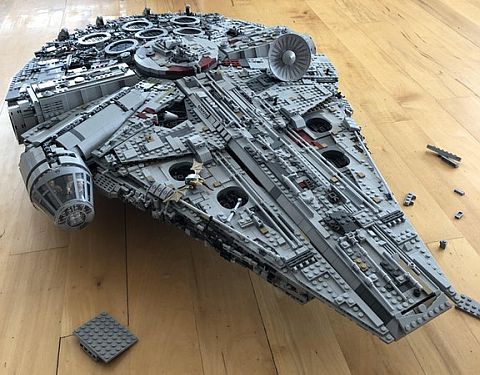
One of the most impressive customizations I have seen so far is by a LEGO fan who goes by the name TheSpyIsHere. They included the pod at the front, and also made it removable, so the ship can be easily modified between different versions. TheSpyIsHere plans to make further modifications as more information becomes available about the ship. If you would like to follow this project, I recommend you follow them on Reddit.

Now, I’m just waiting for someone to make the LEGO Star Wars UCS Falcon in blue and white! They definitely would need lots of time and money! Speaking of the blue and white Falcon, here are some pictures of the interior of the #75212 LEGO Star Wars Kessel Run Millennium Falcon from Jedinews.co.uk. It looks more finished on the inside than previous Falcons of this scale, and the blue and white combo looks pretty nice.


If you are up to a good challenge, modifying any version of the LEGO Star Wars Millennium Falcon is definitely a fun project. The #75212 LEGO Star Wars Kessel Run Millennium Falcon will be available in April, and three other Falcons that are currently available are the tiny #75193 LEGO Star Wars Millennium Falcon Microfighter, the medium size #75105 LEGO Star Wars Millennium Falcon, and the #75192 LEGO Star Wars UCS Millennium Falcon. You can find them (well, when they are not showing as out of stock) at the LEGO Star Wars section of the Online LEGO Shop.

What do you think? Do you have any versions of the LEGO Star Wars Millennium Falcons? And have you considered customizing them to include the removable pod? And how do you like the Kessel Run Falcon? Feel free to share and discuss in the comment section below! 😉
And you might also like to check out the following related posts:


